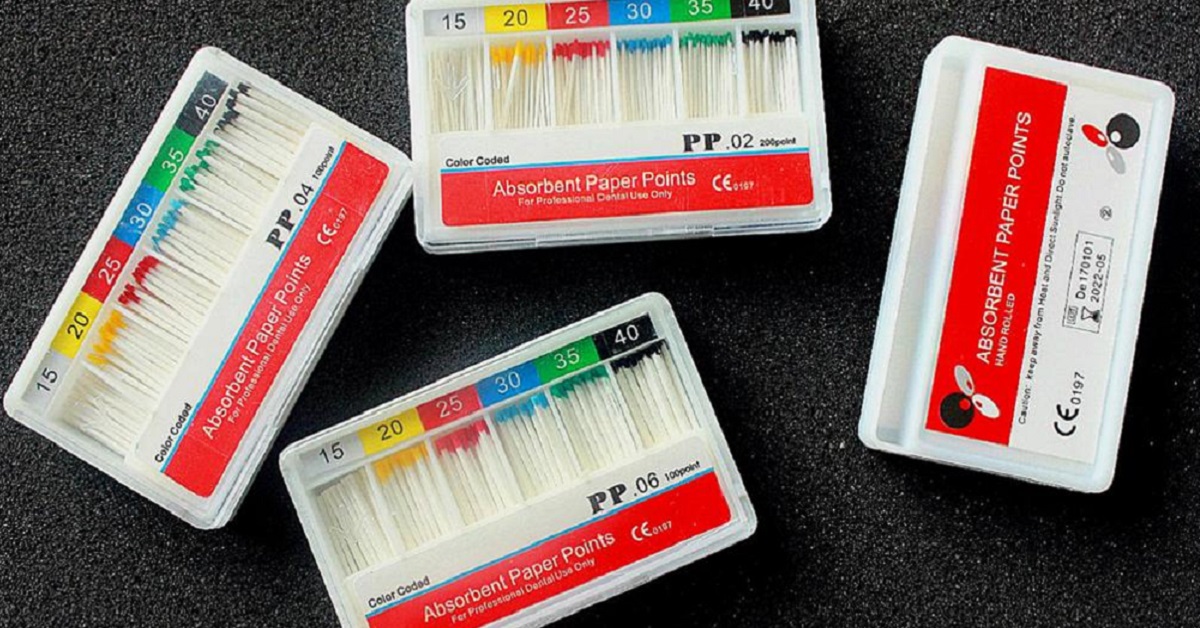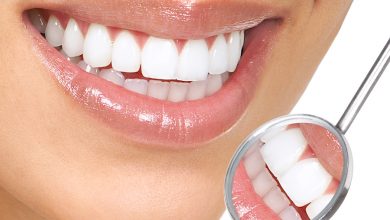Dental crowns are a common method used to enhance the look of teeth. They are effective in treating a wide range of dental issues, such as chipping, cracks, and discoloration of teeth, amongst others. However, one issue that a lot of individuals have is the possibility that dental crowns would get discolored over time.
We will be discussing the issue in detail in this post. But before we move on with our topic, remember that whenever you undergo any oral surgery, such as crown placement, make sure that high-quality surgical equipment is used for the procedure, such as absorbent paper points, to get the best results. One may get high-quality and effective dental equipment like amalgam, composite, absorbent paper points, glass ionomer, bonding agent from any of the trusted online stores.
What a Porcelain Crown is Made of?
Crowns made of modern porcelain are composed of a material that is exceedingly solid, sturdy, and resistant to stains to a certain extent. It is not typical for stains to penetrate all the way down into the restoration, therefore merely cleaning your teeth on a regular basis should be sufficient to maintain the white appearance of your porcelain crown.
If, on the other hand, your crown does get discolored, you should mention this at your subsequent dental visit. Discolorations may often be removed in a rapid and painless manner by having a professional cleaning performed by an expert oral health practitioner.
What Causes It to Stain?
Even though porcelain is used for dental restorations since it is such a robust material, it is not completely indestructible. If the protective coating that helps the restoration maintain its color becomes lost or if the edge of the crown becomes exposed in the mouth, many porcelain crowns will become discolored and soiled over time.
If you use toothpaste that is very abrasive on a consistent basis, you run the risk of damaging your crowns since the porcelain’s exterior glaze will be worn away over time. The anti-staining compound may also be worn down by acidic meals and drinks, such as soda, vinegar, tomatoes, and citrus fruits. If you often use your teeth as tools to open packages or eat ice, the tough porcelain surface of your crown may break. This is more likely to happen if you grind your teeth. Porcelain crowns may crack or chip if the wearer often consumes alcohol, chews hard candies, or smokes tobacco.
How to Minimize Porcelain Crown Staining?
Take the same care of your porcelain crowns like you would your real teeth by brushing twice a day, flossing daily, and scheduling regular dental examinations and cleanings. This will keep your porcelain crowns looking and functioning just like they did when they were your natural teeth.
Make sure to use a toothbrush with soft bristles so that you can clean the teeth without wearing away the protective layer that surrounds your restoration, and steer clear of whitening toothpaste that includes baking soda. There is a possibility that certain types of toothpaste are risk-free for natural teeth, but porcelain crowns cannot withstand the abrasion caused by them. Your cleaning routine might also include the use of a fluoride rinse and fluoride gel.
Your dentist will be able to provide you with more advice on the oral items that are the most beneficial for you to utilize. Limiting your consumption of foods and drinks that stain teeth is another method for maintaining the brightness and whiteness of your teeth. A good rule of thumb to keep in mind at all times is that if the food or drink that you are consuming can stain your clothing, there is a good probability that it can stain your teeth or crown.
Do Whitening Solutions Help Remove Stains On Porcelain Crowns
Because the protective glazing over porcelain crowns is so effective at preventing stains, it is difficult to whiten the restoration using cosmetic treatments or over-the-counter medications. This is due to the fact that porcelain crowns resist stains so well. Whitening products that may be purchased over-the-counter are not as effective as having a professional dentist remove stains from crowns.
If you have any surface stains that are very resistant to removal, your dentist will most likely employ either airflow technology or a diamond paste. Before repairing the restoration, it is possible that the tooth has to be treated for the underlying cause of the discoloration, which might be anything like decay or damaged pulp.
The majority of porcelain crowns will maintain their original color after being fitted into your mouth. Because your original teeth are the ones that are more prone to get discolored and stained than your porcelain restorations, you may want to consider having only your natural teeth whitened so that they are in line with the brightness of your porcelain crowns and veneers.





